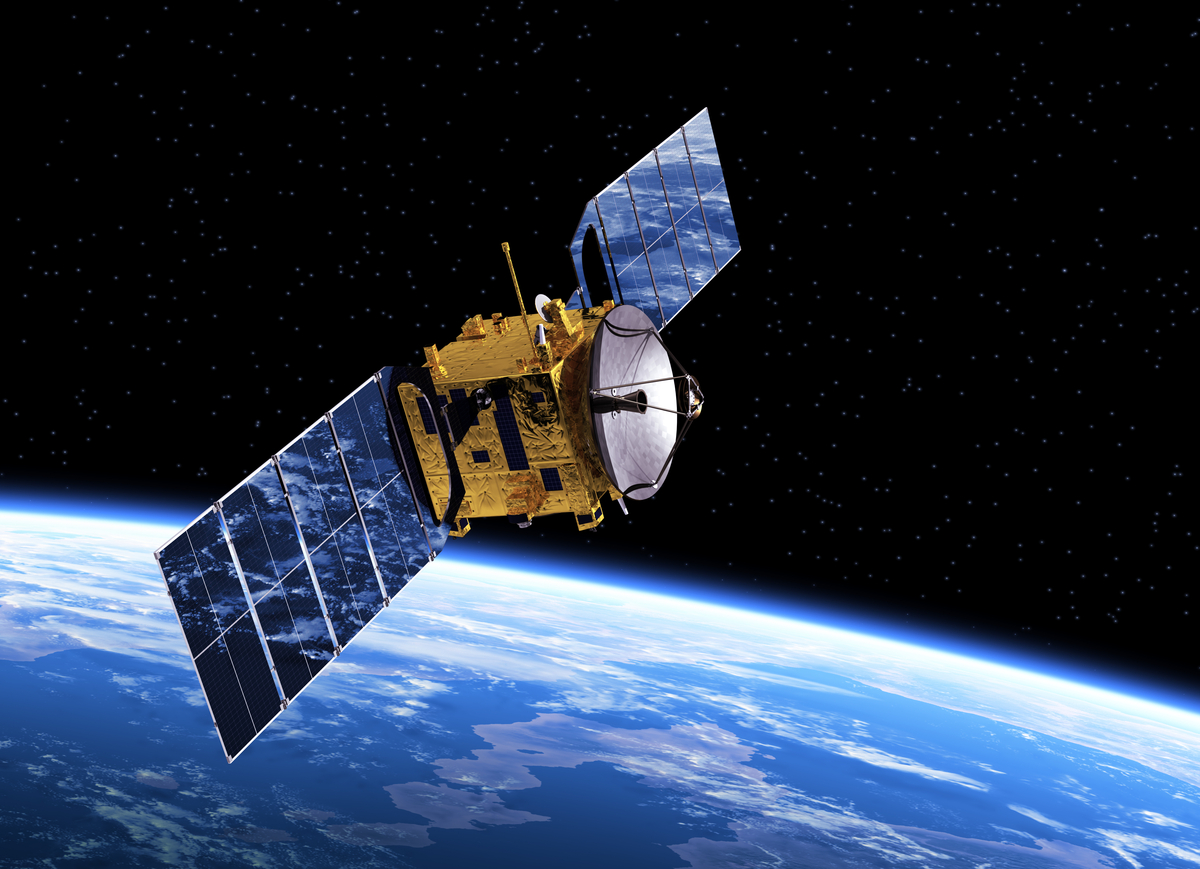While most of the interest falls on the company’s commercial airplanes business, its defense business also deserves a close look.
Boeing’s (BA 2.03%) most important business is Boeing commercial airplanes (BCA), which will likely stay that way for the foreseeable future. However, in an election year, investors will understand the concept of the swing factor, and in Boeing’s case, its defense segment, Boeing Defense, Space & Security (BDS), is hugely important. Here’s why.
BDS is supposed to be a significant cash generator
To understand the full importance of BDS, it’s essential to go back to the investor day presentation in November 2022, when management set a target of $10 billion in free cash flow (FCF) within the 2025/2026 time frame. At the time, management forecast $3 billion to $5 billion in FCF for 2023 (the actual figure came in at $4.4 billion), which would grow to $10 billion.
Boeing outlined the following targets (see table below) for increasing FCF to reach $10 billion in 2025/2026.
I won’t dwell on the issues of production ramps at BCA, which have been covered elsewhere, and there’s been some positive news lately. Focusing on BDS, it’s clear that management’s plans involve a significant turnaround in the business, but unfortunately, it’s not happening yet.
| Boeing Segment |
Boeing Target for Free Cash Flow Increase 2023-2025/2026 |
Key Driver |
|---|---|---|
|
Boeing commercial airplanes |
$6 billion |
Production Ramp (737&787), productivity |
|
Boeing defense, space & security |
$2.7 billion |
Program transitions, productivity |
|
Boeing global services |
$0.3 billion |
Volume |
Data source: Boeing presentations.
Boeing’s defense business
The November 2022 guidance made the following assumptions:
- There would be a return to high-single-digit profit margins and strong cash flow.
- Boeing would pass key milestones (reducing risk on the programs) on three of its four problematic fixed-price development programs in 2024.
Boeing’s management likes to talk about its defense business in three buckets. The first, representing 60% of revenue, is its core business, which is already at mid to high-single-digit profit margins. The second bucket, representing 25% of revenue in mainly fighter and satellite programs, is improving, with CFO Brian West noting in the second-quarter earnings that “the quarter again saw improved margin trends.”
Image source: Getty Images.
However, the 15% of the business in fixed-price development programs is causing multibillion-dollar losses for the company. There are four particularly problematic programs:
- T-7 Red Hawk training aircraft.
- MQ-25 Stingray aerial refueling drone.
- KC-46 Pegasus air refueling aircraft.
- VC-25B Air Force One.
The original plan called for the MQ-25, KC-46, and VC-25B to pass key risk reduction milestones in 2024. Management argues that it’s working the milestones, and “the game plan to get BDS back to high single-digit margins in the medium to long term remains unchanged,” according to West on the last earnings call.
However, the recently departed CEO, Dave Calhoun, said he was “cautiously optimistic about the long-term prospects of our defense business.” His cautiousness is justified, given BDS’ recent history.
As the chart below shows, BDS hasn’t been anywhere near high-single-digit margins in recent years and has reported charges and losses on all these problematic programs. The losses in 2024 so far include $519 million on the KC-46 and losses on the T-7 and VC-25B.

Data source: Boeing presentations.
A structural problem?
The BDS issues might not be so concerning if other defense companies weren’t also having similar issues. Lockheed Martin’s CEO Jim Taiclet has previously addressed the issue, arguing that “we’re in a monopsony environment,” meaning “there’s a single buyer” for “almost everything” major defense contractors make, and “they’ve been taking advantage of that monopsony power, if you will, over the industry.
RTX also continues to suffer margin pressure in its defense business, and the company recently moved to terminate a fixed-price development program and a program with a foreign customer taking a $0.6 billion charge in the second quarter and a $0.5 billion negative impact in FCF in 2024.

Image source: Getty Images.
Where next for Boeing’s defense business?
The glass-half-full view accepts the problems in recent years, sees Boeing muddling through derisking these programs as it marches toward high single-digit margins in BDS, and takes heart from the 85% of BDS revenue performing adequately.
The glass-half-empty view sees the margin issues on fixed price development programs as a structural problem that will not go away, not least given the rising levels of sovereign debt. As such, long-term expectations for margin performance and earnings among major defense contractors may need to be revised downward, including BDS.

